Carsten Tropschug
Fault Monitoring in Passive Optical Networks using Machine Learning Techniques
Jul 08, 2023Abstract:Passive optical network (PON) systems are vulnerable to a variety of failures, including fiber cuts and optical network unit (ONU) transmitter/receiver failures. Any service interruption caused by a fiber cut can result in huge financial losses for service providers or operators. Identifying the faulty ONU becomes difficult in the case of nearly equidistant branch terminations because the reflections from the branches overlap, making it difficult to distinguish the faulty branch given the global backscattering signal. With increasing network size, the complexity of fault monitoring in PON systems increases, resulting in less reliable monitoring. To address these challenges, we propose in this paper various machine learning (ML) approaches for fault monitoring in PON systems, and we validate them using experimental optical time domain reflectometry (OTDR) data.
Faulty Branch Identification in Passive Optical Networks using Machine Learning
Apr 03, 2023



Abstract:Passive optical networks (PONs) have become a promising broadband access network solution. To ensure a reliable transmission, and to meet service level agreements, PON systems have to be monitored constantly in order to quickly identify and localize networks faults. Typically, a service disruption in a PON system is mainly due to fiber cuts and optical network unit (ONU) transmitter/receiver failures. When the ONUs are located at different distances from the optical line terminal (OLT), the faulty ONU or branch can be identified by analyzing the recorded optical time domain reflectometry (OTDR) traces. However, faulty branch isolation becomes very challenging when the reflections originating from two or more branches with similar length overlap, which makes it very hard to discriminate the faulty branches given the global backscattered signal. Recently, machine learning (ML) based approaches have shown great potential for managing optical faults in PON systems. Such techniques perform well when trained and tested with data derived from the same PON system. But their performance may severely degrade, if the PON system (adopted for the generation of the training data) has changed, e.g. by adding more branches or varying the length difference between two neighboring branches. etc. A re-training of the ML models has to be conducted for each network change, which can be time consuming. In this paper, to overcome the aforementioned issues, we propose a generic ML approach trained independently of the network architecture for identifying the faulty branch in PON systems given OTDR signals for the cases of branches with close lengths. Such an approach can be applied to an arbitrary PON system without requiring to be re-trained for each change of the network. The proposed approach is validated using experimental data derived from PON system.
Branch Identification in Passive Optical Networks using Machine Learning
Apr 01, 2023Abstract:A machine learning approach for improving monitoring in passive optical networks with almost equidistant branches is proposed and experimentally validated. It achieves a high diagnostic accuracy of 98.7% and an event localization error of 0.5m
Gated Recurrent Unit based Autoencoder for Optical Link Fault Diagnosis in Passive Optical Networks
Mar 19, 2022
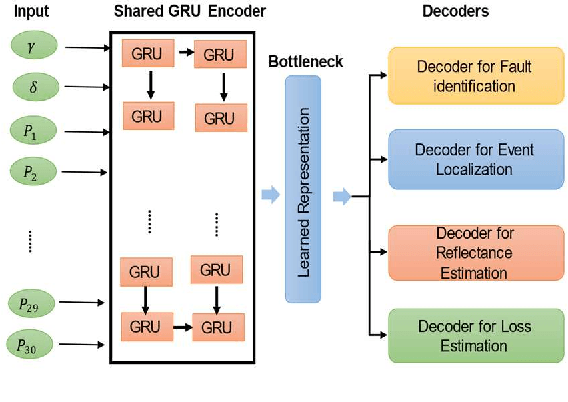
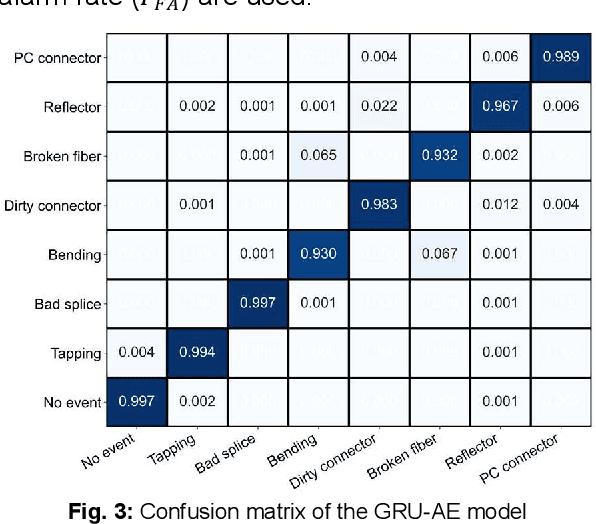
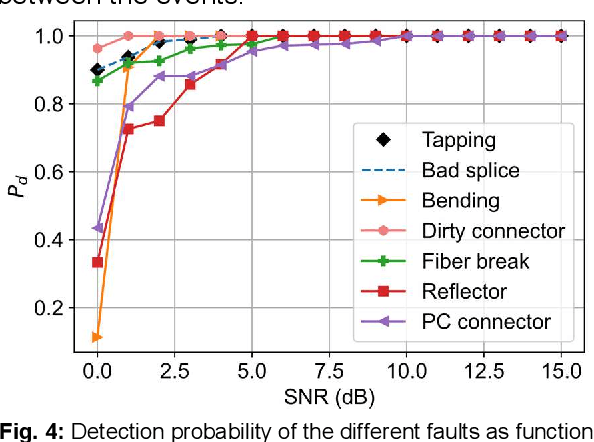
Abstract:We propose a deep learning approach based on an autoencoder for identifying and localizing fiber faults in passive optical networks. The experimental results show that the proposed method detects faults with 97% accuracy, pinpoints them with an RMSE of 0.18 m and outperforms conventional techniques.
Machine Learning-based Anomaly Detection in Optical Fiber Monitoring
Mar 19, 2022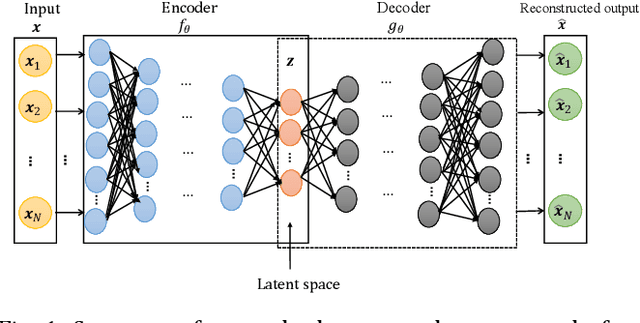
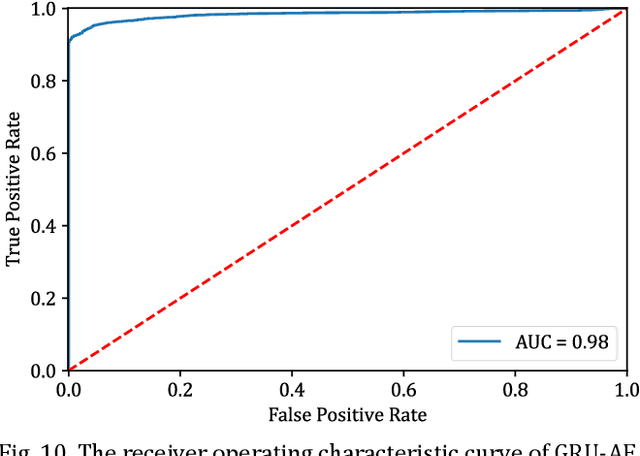
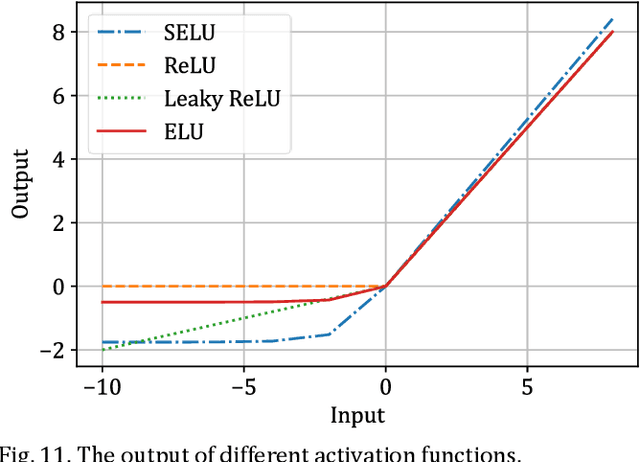
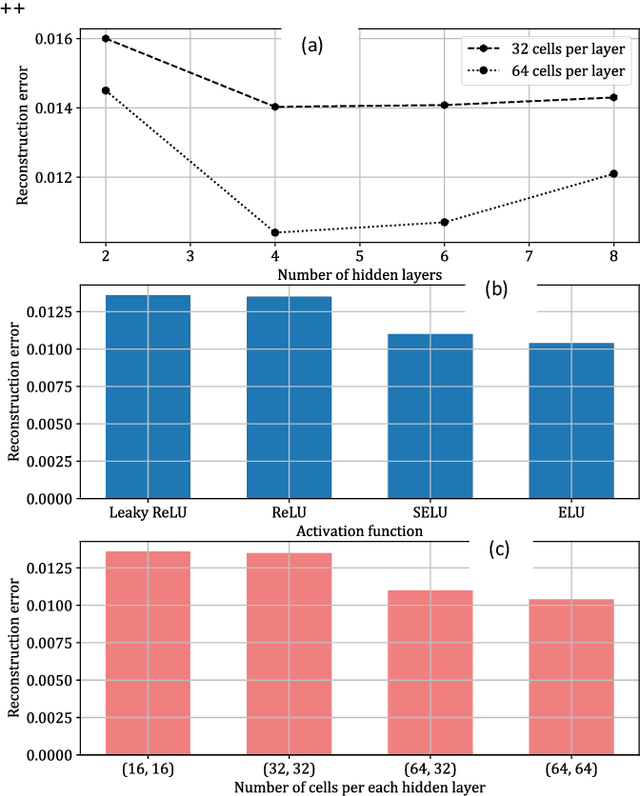
Abstract:Secure and reliable data communication in optical networks is critical for high-speed Internet. However, optical fibers, serving as the data transmission medium providing connectivity to billons of users worldwide, are prone to a variety of anomalies resulting from hard failures (e.g., fiber cuts) and malicious physical attacks (e.g., optical eavesdropping (fiber tapping)) etc. Such anomalies may cause network disruption and thereby inducing huge financial and data losses, or compromise the confidentiality of optical networks by gaining unauthorized access to the carried data, or gradually degrade the network operations. Therefore, it is highly required to implement efficient anomaly detection, diagnosis, and localization schemes for enhancing the availability and reliability of optical networks. In this paper, we propose a data driven approach to accurately and quickly detect, diagnose, and localize fiber anomalies including fiber cuts, and optical eavesdropping attacks. The proposed method combines an autoencoder-based anomaly detection and an attention-based bidirectional gated recurrent unit algorithm, whereby the former is used for fault detection and the latter is adopted for fault diagnosis and localization once an anomaly is detected by the autoencoder. We verify the efficiency of our proposed approach by experiments under various anomaly scenarios using real operational data. The experimental results demonstrate that: (i) the autoencoder detects any fiber fault or anomaly with an F1 score of 96.86%; and (ii) the attention-based bidirectional gated recurrent unit algorithm identifies the the detected anomalies with an average accuracy of 98.2%, and localizes the faults with an average root mean square error of 0.19 m.
* arXiv admin note: substantial text overlap with arXiv:2202.11756
Reflective Fiber Faults Detection and Characterization Using Long-Short-Term Memory
Mar 19, 2022



Abstract:To reduce operation-and-maintenance expenses (OPEX) and to ensure optical network survivability, optical network operators need to detect and diagnose faults in a timely manner and with high accuracy. With the rapid advancement of telemetry technology and data analysis techniques, data-driven approaches leveraging telemetry data to tackle the fault diagnosis problem have been gaining popularity due to their quick implementation and deployment. In this paper, we propose a novel multi-task learning model based on long short-term memory (LSTM) to detect, locate, and estimate the reflectance of fiber reflective faults (events) including the connectors and the mechanical splices by extracting insights from monitored data obtained by the optical time domain reflectometry (OTDR) principle commonly used for troubleshooting of fiber optic cables or links. The experimental results prove that the proposed method: (i) achieves a good detection capability and high localization accuracy within short measurement time even for low SNR values; and (ii) outperforms conventionally employed techniques.
Optical Fiber Fault Detection and Localization in a Noisy OTDR Trace Based on Denoising Convolutional Autoencoder and Bidirectional Long Short-Term Memory
Mar 19, 2022



Abstract:Optical time-domain reflectometry (OTDR) has been widely used for characterizing fiber optical links and for detecting and locating fiber faults. OTDR traces are prone to be distorted by different kinds of noise, causing blurring of the backscattered signals, and thereby leading to a misleading interpretation and a more cumbersome event detection task. To address this problem, a novel method combining a denoising convolutional autoencoder (DCAE) and a bidirectional long short-term memory (BiLSTM) is proposed, whereby the former is used for noise removal of OTDR signals and the latter for fault detection, localization, and diagnosis with the denoised signal as input. The proposed approach is applied to noisy OTDR signals of different levels of input SNR ranging from -5 dB to 15 dB. The experimental results demonstrate that: (i) the DCAE is efficient in denoising the OTDR traces and it outperforms other deep learning techniques and the conventional denoising methods; and (ii) the BiLSTM achieves a high detection and diagnostic accuracy of 96.7% with an improvement of 13.74% compared to the performance of the same model trained with noisy OTDR signals.
ML-based Anomaly Detection in Optical Fiber Monitoring
Feb 23, 2022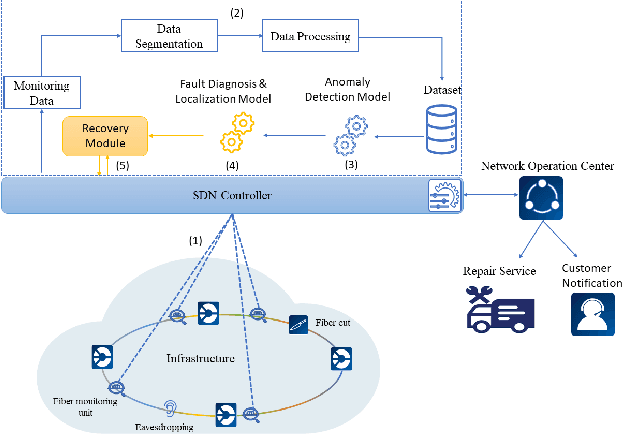
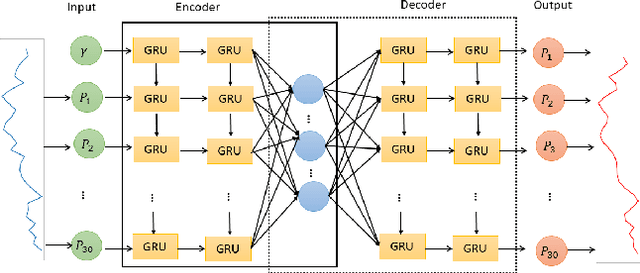
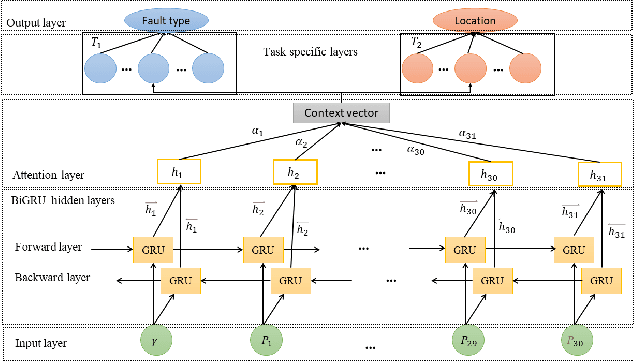

Abstract:Secure and reliable data communication in optical networks is critical for high-speed internet. We propose a data driven approach for the anomaly detection and faults identification in optical networks to diagnose physical attacks such as fiber breaks and optical tapping. The proposed methods include an autoencoder-based anomaly detection and an attention-based bidirectional gated recurrent unit algorithm for the fiber fault identification and localization. We verify the efficiency of our methods by experiments under various attack scenarios using real operational data.
A BiLSTM-CNN based Multitask Learning Approach for Fiber Fault Diagnosis
Feb 16, 2022Abstract:A novel multitask learning approach based on stacked bidirectional long short-term memory (BiLSTM) networks and convolutional neural networks (CNN) for detecting, locating, characterizing, and identifying fiber faults is proposed. It outperforms conventionally employed techniques.
 Add to Chrome
Add to Chrome Add to Firefox
Add to Firefox Add to Edge
Add to Edge